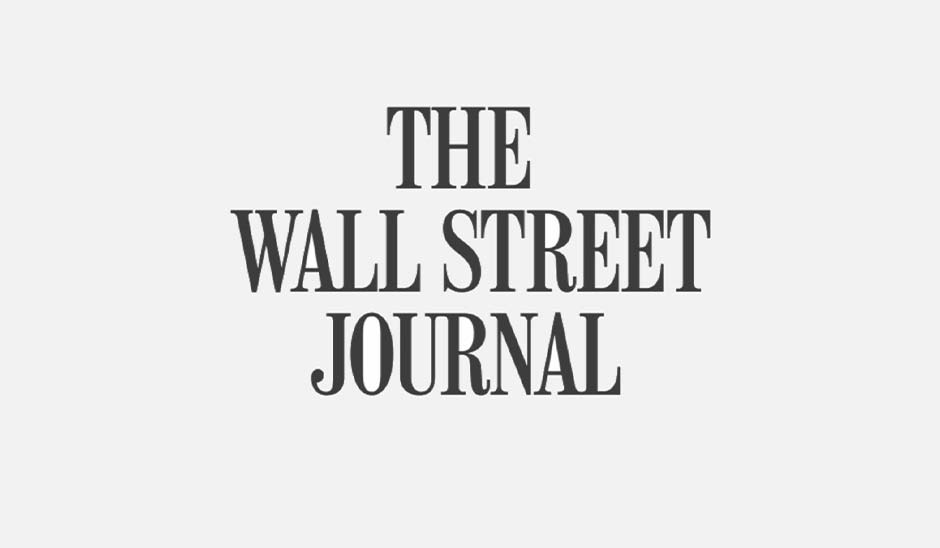
Dopo i record, Wall Street verso una ”danger zone”
February 15, 2021
Rise In Treasury Yields Could Threaten Stocks — Market Talk
February 16, 2021U.S. stocks were indicated higher Tuesday as investors watched progress toward President Joe Biden’s $1.9 trillion coronavirus relief package and data showing falling COVID-19 cases, which fell to their lowest level in four months on Presidents Day.
How are stock benchmarks performing?
- Futures for the Dow Jones Industrial Average YM00, 0.59% YMH21, 0.59% rose 190 points to reach 31,587, a gain of 0.6%.
- S&P 500 index futures ES00, 0.52% ESH21, 0.52% climbed 20.15 points to reach 3,951.25, gaining 0.5%.
- Nasdaq-100 futures NQ00, 0.52% NQH21, 0.52% advanced 69.25 points, or 0.5%, to reach 13,874.
Markets were closed in observance of Presidents Day on Monday but before that all three major U.S. stock indexes closed at record highs Friday.
The Dow DJIA, +0.09% rose 27.70 points, or 0.1%, to 31,458.40, the S&P 500 SPX, +0.47% climbed 18.45 points, or 0.5%, to 3,934.83, while the Nasdaq Composite COMP, +0.50% gained 69.70 points, or 0.5%, to 14,095.47
What’s driving the market?
Markets are reflating, with benchmark bond yields on the rise as investors await a COVID relief package that could include the inclusion of a gradual increase in the minimum wage to $15 an hour over four years, a controversial proposal for Republicans.
The House Budge Committee was expected to put together all of the component’s of the Biden administration’s ambitious $1.9 trillion proposal into one bill to be voted on by the House before the end of the month.
The aid package that is being backed by Speaker Nancy Pelosi‘s Democrats, includes $1,400 per-person direct payments, an expanded child tax credit, aid to state and local governments and an expansion of unemployment insurance with $400-per-week federal payments through Aug. 29, The Wall Street Journal reported.
Meanwhile, COVID-19 case numbers have been declining. The U.S. averaged 85,798 new cases a day in the past week, down 41% from the average two weeks ago.
The global tally of confirmed COVID-19 cases climbed above 109 million on Tuesday, according to data aggregated by Johns Hopkins University, while the death toll rose above 2.4 million. On Monday, there were more than 52,000 new cases reported, down from 64,938 a day earlier and 89,727 a week earlier, but the data may be underreported given reduced staffing at weekends and on holidays.
Declining viral cases and hope for the more economic aid to help limit the economic harm from COVID come as a cold snap is putting millions of people, notably a swath of Texas, in the dark, amid a crippling winter storm that has ratcheted up demand for energy assets. The Electric Reliability Council of Texas estimated that about 2 million homes were without power on Monday.
The energy problems sent oil and natural-gas prices to their highest levels in months, with West Texas Intermediate CL.1, 0.27% up 0.8% near $60 a barrel, while Brent oil, the international benchmark BRN00, -0.43%, was above $63 a barrel and natural gas prices NG00, 6.18% were up over 6% on the day.
As worries about energy prices played out, the bond market was getting hit amid apparent hope for a better economic picture with vaccine rollouts and declining cases.
The 10-year Treasury note yield TMUBMUSD10Y, 1.243% ticked up to around 1.26%, from 1.199% Friday. Yields rise when prices fall. The steady rise in yields, reflecting growing borrowing costs and greater competition between the appeal of risk-free fixed-income compared against stocks, doesn’t appear to be harming the bullish picture for equities at the moment. However, investors were keenly watching that dynamic.
“However, while yields continue to focus on the Covid-19 economy recovery they are still below danger levels for” stocks, wrote Peter Cardillo, chief market economist at Spartan Capital Securities, in a Tuesday research note.
Which stocks are in focus?
- Shares of Southwest Airlines Co. LUV rose in premarket trading, after the air carrier disclosed its operations update for January and provided a February outlook that showed further improvement.
- Shares of Palantir Technologies Inc. PLTR dropped Tuesday, after the data integration and software company reported a surprise fourth-quarter loss, although revenue rose more than forecast.
- Shares of CVS Health Corp. CVS were little changed in premarket trading, after the drugstore and health benefits company reported fourth-quarter profit and revenue that beat expectations.
- Shares of Shopify Inc. SHOP climbed in premarket trading Tuesday, putting them on track to open in record territory, after Susquehanna analyst John Coffey raised his price target by 37% ahead of the e-commerce platform company’s fourth-quarter report.
- Shares of Microsoft Corp. MSFT edged up toward another record in premarket trading Tuesday, after Wedbush analyst Dan Ives raised his price target, saying cloud deal activity is hitting its next gear of growth.
Here’s what you need to know to navigate the markets today.
More On MarketWatch
- ‘If major Dogecoin holders sell most of their coins, it will get my full support’: Elon Musk
- This fund manager’s top 2020 stock picks returned an average 170%. He’s betting on these companies for 2021
- Why is dogecoin dropping? The crypto has tumbled 20% since its Monday record
- Barron’s: A Huge Fund Bought Tesla, Apple, and Microsoft Stock. Here’s What It Sold.



